Good news is scarce in Puerto Rico these days. But if you look 13 miles to the west, on a 358-acre island called Desecheo, you’ll find a mother lode.
Desecheo, once the Caribbean’s most important brown booby breeding habitat, was made a national wildlife refuge in 1976. This was something of a futile gesture because invasive aliens — black rats, feral goats and macaque monkeys — had extirpated the brown boobies (which once numbered around 10,000) along with the seven other nesting sea-bird species. The invasive species also blighted forests and the federally threatened Higo Chumbo cactus, and reduced native land birds, reptiles and invertebrates to a shadow of their former abundance.
Desecheo was an ecological wasteland.
In 1976 there was virtually nothing the U.S. Fish and Wildlife Service could do about that. But in 1994 it acquired a powerful ally with the founding of Island Conservation (IC), a nonprofit team of biologists dedicated to preventing extinctions around the globe. There was and is no shortage of work. Although islands comprise a miniscule fraction of Earth’s landmass they harbor about half of all endangered species. At least 80 percent of the 245 recorded animal extinctions since 1500 have occurred on islands.
IC and multiple partners (frequently The Nature Conservancy) have thus far removed invasive mammals from 59 islands thereby benefitting 1,090 populations of 402 native species and subspecies. Research just released by IC, Birdlife International, the International Union for Conservation of Nature, and the University of California at Santa Cruz demonstrates that 41 percent of the planet’s vertebrates threatened with extinction can be saved by ridding certain islands of invasive mammals.
Last July, after an exhausting, expensive ten-year battle, IC and its partners certified that Desecheo National Wildlife Refuge was free of macaques (if you don’t count a single, aging female) and rats. The last feral goat was removed in 2009.
Such successes were impossible before the advent of recent technology including: the anticoagulant rodenticide brodifacoum, sufficiently fast acting to kill rats before they learn to avoid it; thermal imaging which allows partners to detect alien mammals at night and in forest canopies; GIS (Geographic Information System) for recording precise positions on Earth’s surface so that rodenticide-laced bait can be applied to every part of an island; and satellite imaging to determine when islands lose greenery so eradications can happen when less food is available to aliens.
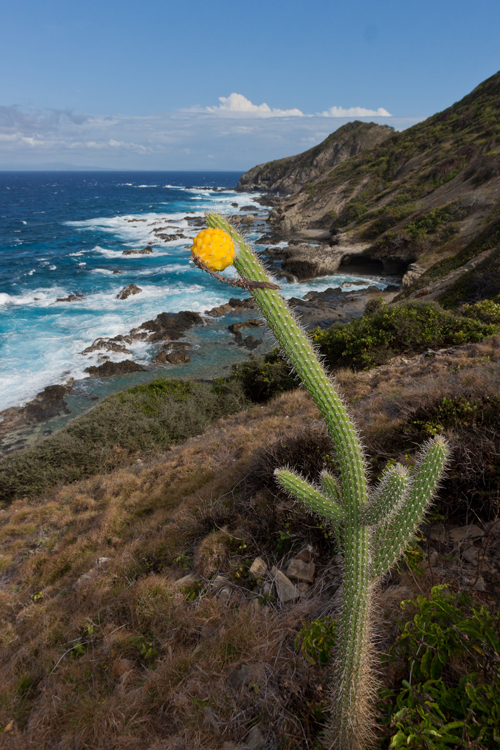
Even with goats (introduced in 1788) and rats (introduced circa 1900) a few sea birds hung on. What finally did them in were the macaques, unleashed in 1966 for medical research by the then clueless National Institutes of Health.
Ecological Illiteracy Leads to Ecological Wastelands
The most formidable obstacle confronting IC and partners is ecological illiteracy. They get savaged by chemophobes who fear and loathe all poisons in all situations and by animal-rights types who defend alien wildlife, rats included, and decry the often unavoidable, increasingly minor and always inconsequential bykill of non-target wildlife.
The Desecheo project, however, proceeded unopposed. It wasn’t as if Puerto Ricans are more enlightened than other Americans. It’s just that they live in an alien-infested hell of macaques that tear up their gardens and bite them, exposing them to the herpes B virus (relatively harmless to macaques but usually fatal to humans), feral hogs and feral goats which also tear up their gardens, feral cats which infect them and wildlife with toxoplasmosis, and a biblical plague of rats and house mice.
Public reaction was different at Channel Islands National Park off southern California. When IC and partners set about saving and restoring a host of native species including the endangered ashy storm-petrel, imperiled Scripps’s murrelet, Cassin’s Auklet and Anacapa deer mouse by eradicating black rats, they were delayed by litigation. Typical commentary in the local press included: “Species go extinct all the time” and “Who are humans to call other species invasive?” Park rangers were obliged to wear bulletproof vests; and shortly before the first bait application, two men landed on Anacapa Island in an inflatable boat and started flinging pellets of vitamin K — brodifacoum’s antidote.
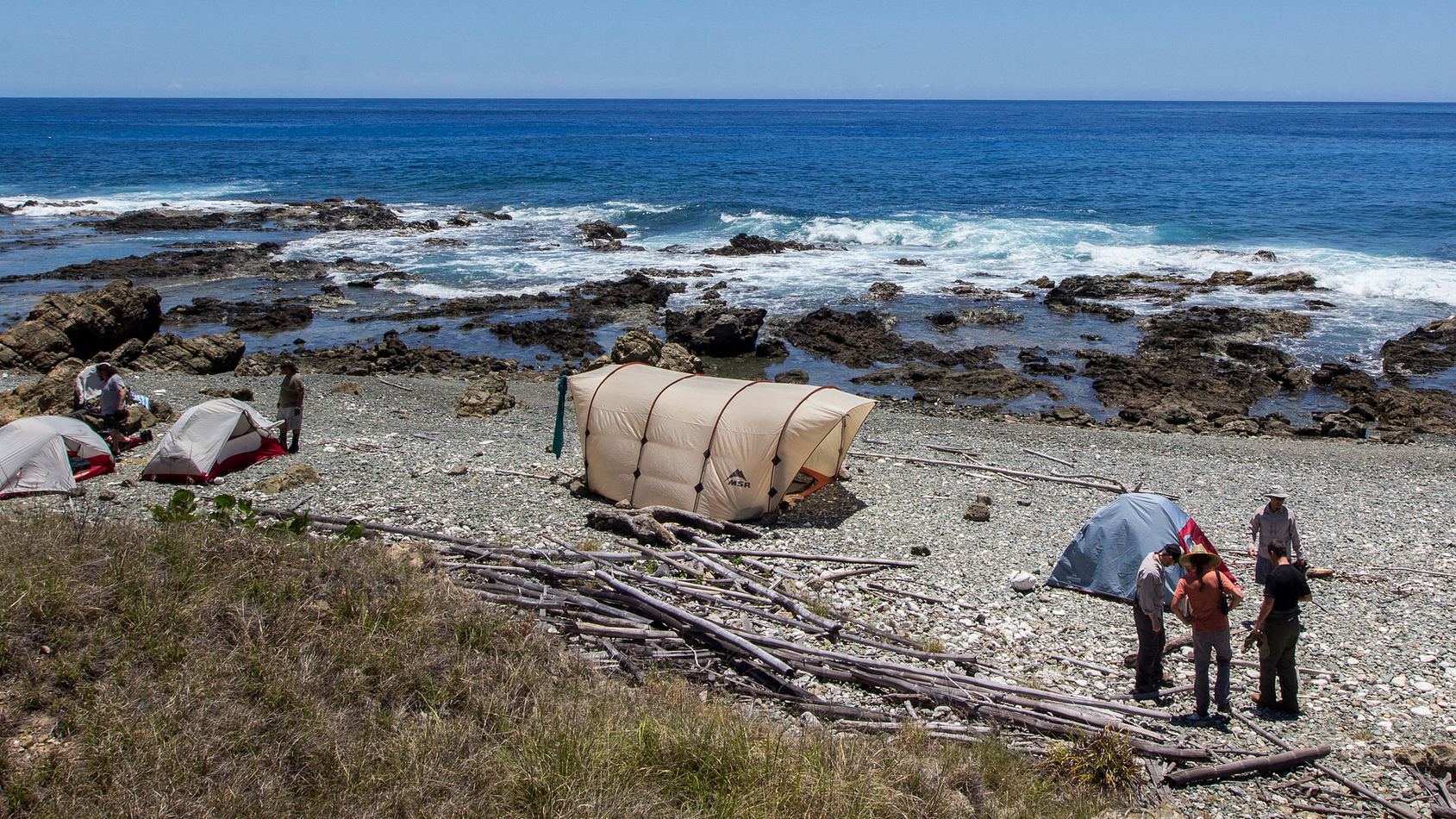
Had Anacapa been infested with macaques, recovery would have been a political impossibility.
Prudently, IC doesn’t talk it up about how it, the USDA’s Wildlife Services and a nonprofit group called White Buffalo removed macaques from Desecheo. But it’s important for the public to understand just how difficult and heroic was this effort, a first in island recovery. Learning as they worked, the partners first tried baiting and trapping. It failed. They had better results with rifles but had to bring in thermal-imaging equipment when the macaques retreated to the forest canopy.
“It was a hell hole,” recalls White Buffalo’s president, Dr. Anthony DeNicola. “Ninety or 100 degrees with no place to get out of the sun.”
IC and White Buffalo staffers would sit for 14 hours a day, scanning trees and terrain with binoculars. Toward the end it would take them a month to take out one or two monkeys. Finally they had to bring in tagged, sterilized “Judas animals” from Puerto Rico to socialize with the few remaining wild ones and reveal their presence. It took five years to finish the job.
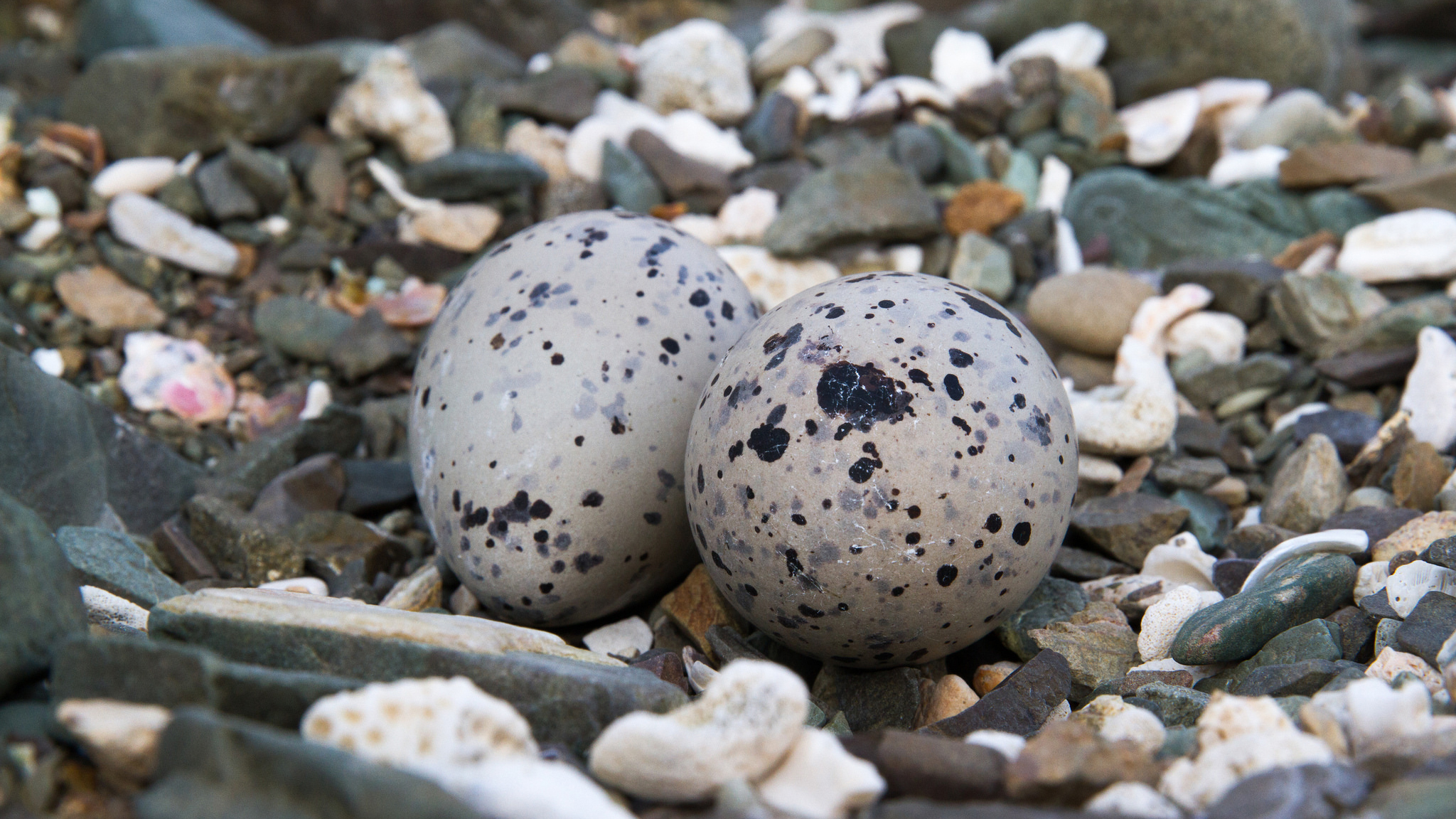
Safe for Birds Again
The reluctance of IC to offer such details in its press releases and interviews doesn’t mean it tries to fly under the radar. “That would be inconsistent with our values,” remarks Heath Packard, IC’s director of government and public relations. It would also be illegal under the National Environmental Policy Act, which requires IC and its federal partners to engage with the public, disclosing alternatives and their various consequences.
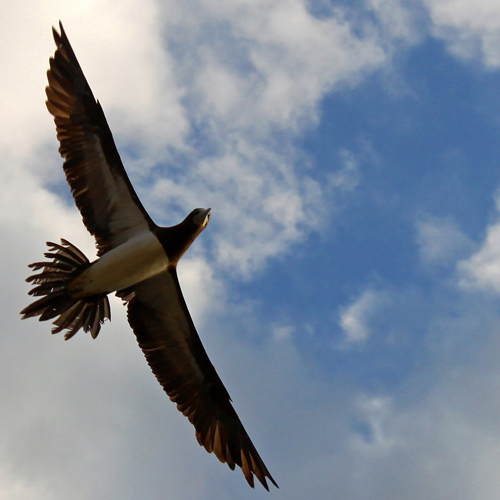
“The outreach is always the same,” says IC’s global affairs director, Gregg Howald. “It’s just that results of that outreach vary widely from location to location.”
Citing the Polynesian rat eradication on Lehua Island off Hawaii, completed September 13, Howald offers this: “For years we’d been reaching out to the community with blog postings, talking with people and holding public meetings. It wasn’t until late July that a few vocal individuals realized this was really going to happen and started trying to stop it, making lots of noise and drawing media attention. It was just off the rails. We had a public meeting in which people yelled at us for over two hours. It was horrible. Despite all our outreach, we wound up with a confrontation that started a cascade of anti-project misinformation.”
For example, the Huffington Post ran an op-ed by one Maggie Sergio (whom it identified as a “writer, conservationist and concerned citizen of the planet”) suggesting that five pilot whales, which later beached themselves on Kauai and died (as they commonly do everywhere they exist) were victims of diphacinone — an impossibility. Sergio also claimed that “three aerial poison drops, totaling 11.5 tons of diphacinone” were delivered by helicopter. There isn’t enough diphacinone in the world to drop 11.5 tons. What was dropped was 8.5 tons of bait of which .005 percent was diphacinone. This and other misinformation was recycled by local media.
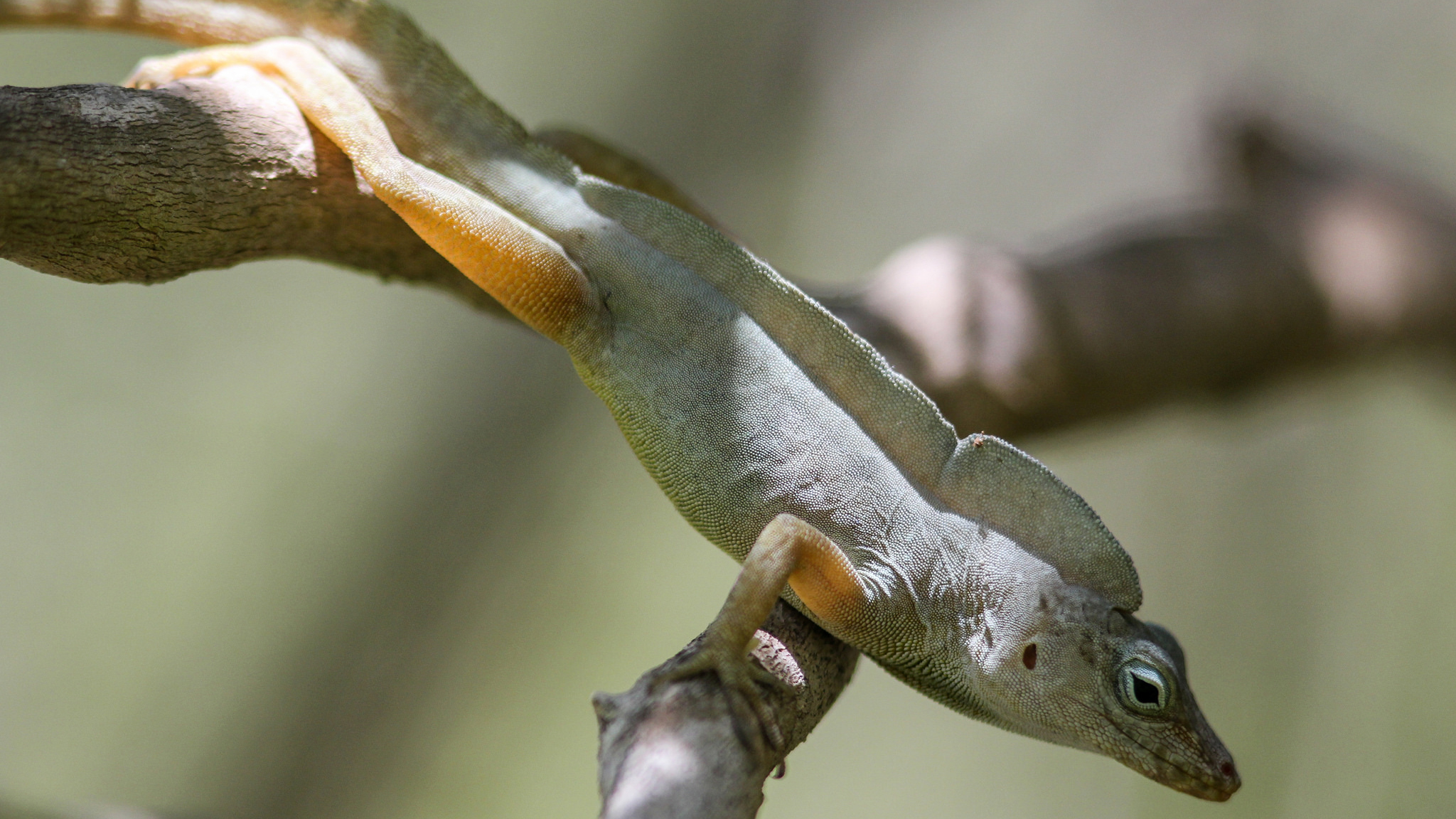
It was exactly this sort of fear mongering that motivated the partners to use diphacinone, less toxic and therefore less effective than brodifacoum. But apparently it worked. “So far so good,” says Howald. All the rats we collared and monitored died. It will take time to tell for sure [if the project succeeded]. We did state in our environmental assessment that if diphacinone failed, we could come back in with brodifacoum.”
Either way Lehua Island will again be safe for federally threatened Newell’s shearwaters, band-rumped storm-petrels now a candidate for Endangered Species Act protection, wedge-tailed shearwaters, brown boobies, red-footed boobies, Laysan albatrosses, black-footed albatrosses, Christmas shearwaters, Bulwer’s petrels, red-tailed tropicbirds and black noddies.
Spectacular Results
Recovery of Desecheo’s native ecosystem is just beginning, but already results are spectacular. Despite insect surveys beginning in 1914 dingy purplewing butterflies had never been observed on the island. In April their caterpillars were so abundant they defoliated Almacigo trees. (Leaves quickly regenerated.)
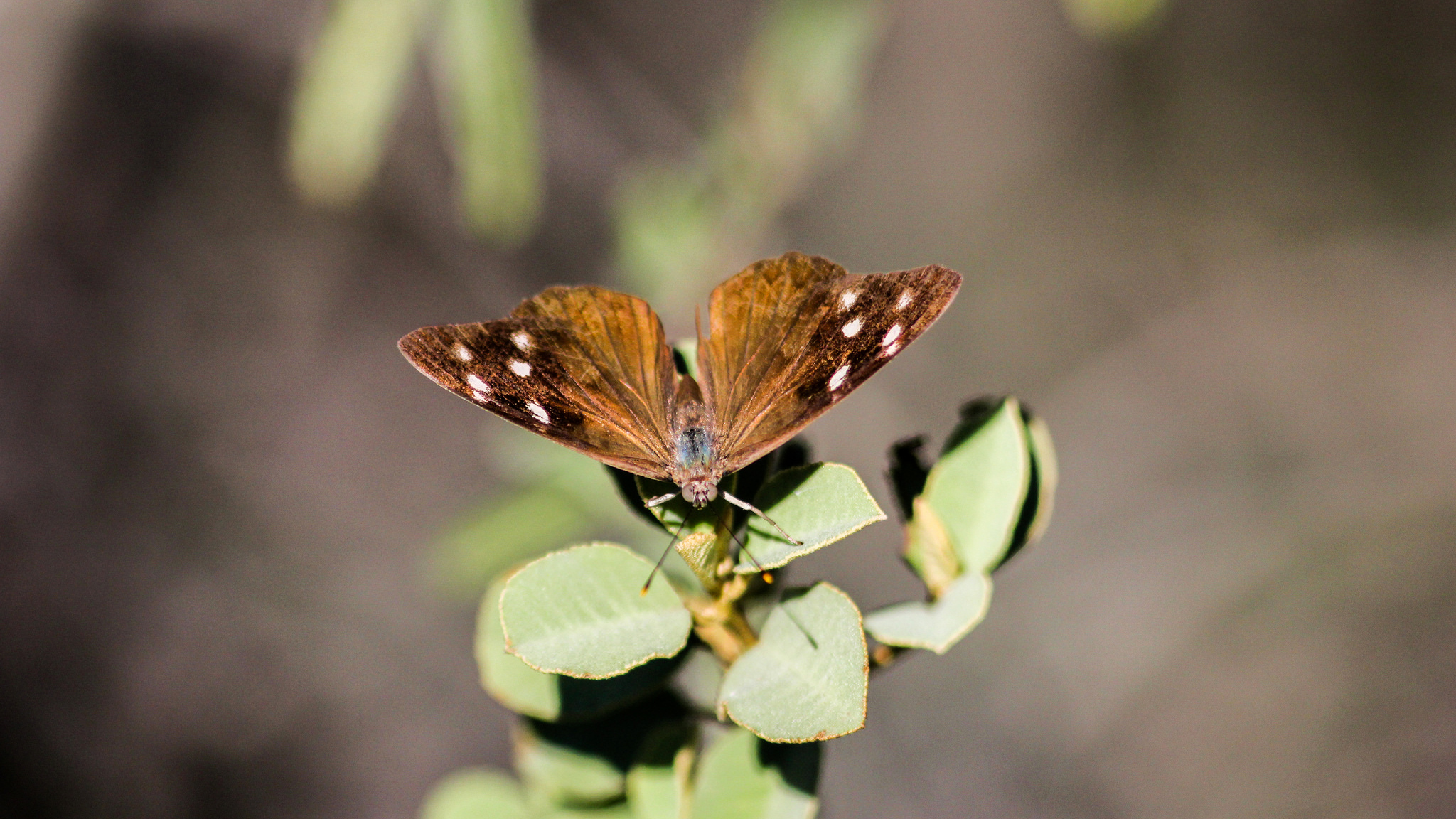
Endemic reptiles are doing much better, particularly Desecheo anoles, Desecheo ameivas and Puerto Rican racer snakes. A Puerto Rican skink, a species rarely observed in the past, has been sighted. Invertebrate density has increased. Native fruit trees and flowers are suddenly flourishing. New leaves, preferred by goats, rats and macaques, are more abundant than in anyone’s memory. Higo Chumbo cacti are rapidly recovering; and forests, particularly understories, appear to be growing faster.
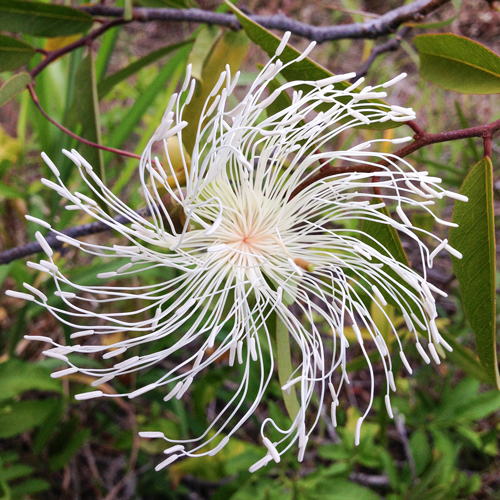
At this writing no one has visited the island since the hurricanes, but there are no refuge buildings on Desecheo; and in the tropics vegetation bounces back quickly. As of mid-October there were new leaves and blooms on Puerto Rico.
In its island-hoping war against introduced aliens IC builds on each victory. “One thing I’ve learned is that you can get so focused on individual projects you start to lose sight of the forest for the trees,” remarks Howald. “Now that we’ve had this success what does it mean? What’s the potential of Desecheo; what’s the leverage?”
The potential and leverage, he explains, is demonstration to regulatory agencies, the funding community and, especially, the public: that the choice is salvation of nearly half the world’s endangered species or the continued presence of alien invasives; that we can’t have both; that if we want the former, we have to take out the latter; and that we can do that without risk to humans or native wildlife populations.

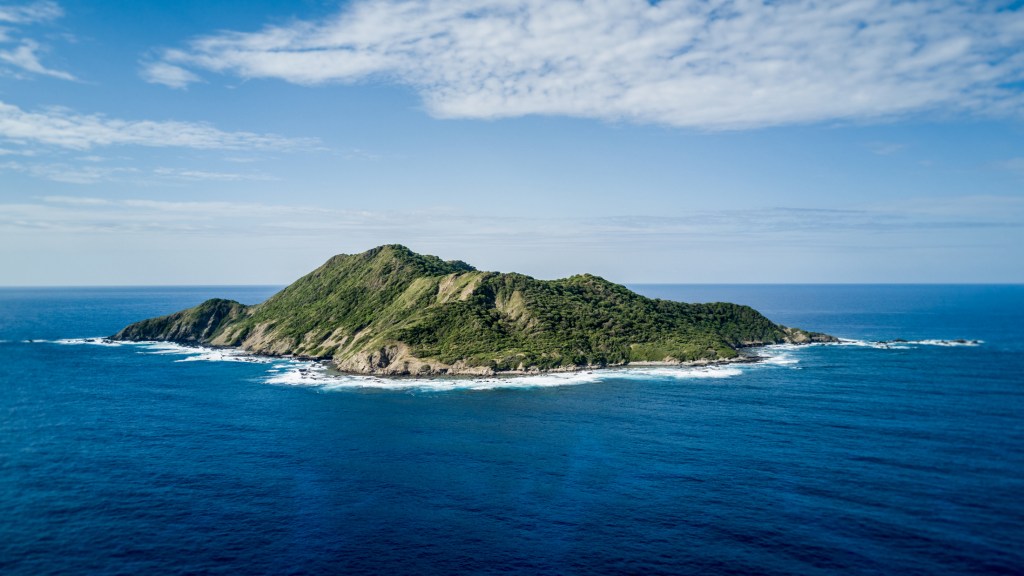



So, after my trip to Isla Desecheo, I did some digging of my own! The noises we heard were most likely the bird recordings, what a racket!
The “eradication” of the Rhesus macaques abominable! Your statement “free of macaques (if you don’t count a single, aging female)” is so cruel!
YES, NIH dropped the ball! You never start something you don’t intend to finish. They should have, after all the years Cayo Santiago captured animals for tattooing, blood tests, dental studies, etc. had a better way to remove the Rhesus from the island. They could have employed the people from India that captured them from the bush for Cayo Santiago.
For all your talk of “aleins” we humans are the aleins! And Rhesus macaques have 93% of our same DNA! Rhesus macaques are the reason parents (with healthcare) no longer need fear having a “Blue Baby”! Rhesus macaques are the reason we have vaccines for rabies, smallpox, polio, and successful anti-retrovirals for the treatment of HIV/Aides.
Rhesus macaques have a definite social order and families stay together (unless humans ripe them apart). So these poor creatures had their social group divided, taken from a place were they had fresh water fountains, regular food provided, constant surveillance, and were “left” on a barren rock in the ocean.
The researchers were “surprised” at the early emaciated appearance of the animals? But they did adapt to the harsh environment, and to the family group dynamic. AND, they did adapt to avoid recapture… Until night vision, thermal scopes and high powered rifles were employed.
…and still they left ONE aging female, from a highly social species, alone… as some type of punishment because she out maneuvered their attempts to capture her.
I understand the need to do research to benefit humans, but I say shame on EVERYONE who participated in this massacre!
Ted, you are wrong! There are hundreds of Rhesus monkeys on Isla Desecheo TODAY!
Watch my Beta Short from last night!
Full Moon & Monkeys Isla Desecheo
https://youtube.com/c/SailtoUtopiaAdventures
A ton of thanks for your article and to Island Conservation for its work on Desecheo. I live in Mayaguez city in Puerto Rico, from where you can see Desecheo. Iam one of those who had asked the goverment to do what Island Conservation did, and they never did. We have problems with monkeys, feral cats, iguana iguana, etc., in the main island. Hope IC can work here also.
Wonderful! I am an environmentalist and an active member of Sierra Club Puerto Rico, as well as the Conservation Trust of Puerto Rico (now called Para la Naturaleza (For Nature). I am aware of the situation of Desecheo and always that I pass by Aguadilla and see the island I asked myself how come the local Department of Natural Resources has done nothing to solve that problem. Thanks to IC for taking the initiative the government did not. It may now be an excellent opportunity to develop some kind of tightly controlled environmental tourism, like in Mona Island.
We must protect not only Desecheo but mainland Puerto Rico! Our coadts are being destroyed by builders invading protected land.
Very interesting article about Desecheo island and great job from IC group. Thank you for the island cleaning.
Spending time in Rincon I have looked out at Desecheo Island over the years and have gone snorkeling twice off the island, I was thrilled to read your article. This is wonderful news indeed. Many thanks to all who worked so hard to bring these changes about.
I had the wonderful pleasure of discovering this heartwarming (and tear spilling) story about the rescue of the island nursery Island of Desecheo this morning. Thank you SO much for making this wonderful success story available to all of us. I have been signing petitions like a crazy person over the last few years, donating when I can (I’m 70 years old, living on a Social Security pension), and praying to God to save our world, our animals, our plants. Our Garden of Eden is decimated, and it’s all humanity’s fault. I wax, by turns, between periods of grief and anger over what is happening to our Eden. I follow the political news to see whom NOT to vote for in every election, and who to send letters pleading for mercy by NOT signing into law another bill that will reward some horrid corporate monster who is destroying the natural habitats and killing our beloved wildlife and horticulture. Thank you for this glimmer of hope. I will save a PDF copy of this article to read on the mornings when the sun is eclipsed by the horrors of the day in the news, when my heart is failing from my fear of the loss of our beautiful world.
This just in from Island Conservation:
Dear all,
As you may remember, we travelled to Desecheo Island 2 weeks ago to implement a project focusing on seabird social attraction efforts, using sound systems (for Audubon’s shearwaters) and seabird decoys (for bridled terns). We also conducted seabird surveys and monitored the threatened Harrisia cactus population, especially considering hurricane impacts. We came back from the island last week and are happy to share we had a very successful trip! (and we came back in one piece!). Below are some of the trip’s highlights:
SEABIRD SOCIAL ATTRACTION
• We placed 2 solar-powered sound systems for the Audubon’s shearwater – both close to the coast (helipad and Puerto de los Botes/West Valley camp areas) and with suitable nesting habitat surrounding them. The system calls for 12 hrs during the night and there are camera traps directed at each speaker to document any visits – pretty cool!
• Our partner, Effective Environmental Restoration (EER), also placed a sound system but aimed at attracting brown noddies. This system was placed near the coast, around Long Valley, and calls during the day.
• As for decoys, we selected a site in the southeastern coast where historically bridled terns have been observed. We placed 30 decoys on a rocky and elevated area, surrounded by a couple of mirrors and camera traps. It was really exciting to see how the whole setup started to look very real as we placed all the components around. In the end it looked so real that when our boat captain came to pick us up he “alerted us” about a group of birds in the rocks that he hadn’t seen before…. \uD83D\uDE0A
• EER also placed brown noddy decoys along with their sound system, and had mirrors and cameras as well.
• Next steps – we hope to visit the island to check on the systems during the following months to download photos, switch batteries and make sure everything is running according to plan.
SEABIRD SURVEYS
• Although not many seabirds were observed, considering this is not the ideal season to see many, we did see a fair amount of bird activity on the island, some of which included:
o Peregrine falcon – pair
o American kestrels
o Kingfisher
o Great blue heron
o Turkey vultures – probably first record on island
o American oystercatchers
o Brown boobies
o Magnificent frigate birds
o Puerto Rican screech owl (heard) – endemic and probably first record on island
• Our USFWS colleague and bird expert, found 2 cavities with old feathers potentially belonging to an Audubon’s shearwater – these were collected and will be analyzed. This is big news if confirmed, since there are no previous records of this shearwater nesting on the island and it is one of our conservation target species.
• Unfortunately, during the surveys, we noticed that part of the rocky coastal habitat, suitable for some seabird species to nest or roost, has been gone due to the hurricane storm surge. The coast now is a lot narrower in some areas and thus, receives impacts from waves more frequently and significantly.
HARRISIA CACTUS SURVEYS
• We visited and took morphometric data of all Harrisia individuals found and tagged in the past years. Out of the 72 individuals found during our last visit in 2013, 25 had died. Many of the remaining individuals were on the ground, due to hurricane winds, but were still rooted and were already re-sprouting – very good news!
• The best news probably is that we documented, measured and tagged 42 new Harrisia individuals and that most of them were juveniles! And that we saw many, many more (over 30 more probably) that, due to inaccessibility we could not tag, but that looked healthy and big. This leaves us with a tagged population of approximately 100 individuals, almost 30 more than in 2013.
• It is worth mentioning the significant amount of juveniles we observed during this trip – I don’t think this amount of juveniles has been documented since 1994 and based on our 2017 Harrisia paper, it is further evidence of how this species has been resurging, and recovering, now that invasive mammals are gone.
• Next steps – we will share with USFWS all data and important information regarding the Harrisia population on Desecheo, hoping they will continue this population monitoring during the following years.
OTHER POINTS
• Desecheo Island continues to be rat free! Results from biosecurity devices deployed by our partner EER confirm that there have been no rat detections on island to date.
• We saw tons of huge ground lizards and anoles!
• Amazingly, the repeater and weather station survived hurricanes and after a few adjustments, are up and running.
• Green iguanas are still there, we saw several large adults.
• Most trees and shrubs are fruiting and/or have flowers. We saw several individuals of the Mammillaria cactus (extremely rare on Desecheo) and one individual of the Melocactus cactus – although reported, first one I’ve seen on the island. These are all signs of a flora recovery we will continue to witness as time goes by.
• Now that we hiked all around the island, hurricane impacts are evident – many trees lost branches and fell, the valleys have been lost to spiny vines, the coast morphology has changed and “trails” have disappeared completely – regardless, the essence of Desecheo has not disappeared or changed, it is still the same piece of hellish paradise that ends you physically and mentally but that always brings you back for more…
Living in Rincon, PR, with Desecheo Island in my view every day, this article makes me very, very happy. But the “ big” island of Puert Rico is in desperate need of help with all kinds of invasive species including caymans, large boas up in the mountains above Mayagüez, and worst of all, iguanas. These animals have no natural enemies and will take over the island if nothing is done. We are losing our bird populations because of all of these predators. If you could help in any way, it would be greatly appreciated.
And the Brown Booby?
Mr. Williams,
Do you still advocate the poisoning of feral cat populations by laymen to reach your ecological goals?
Hi Frisco, Ted posted this public apology on Audubon: http://www.audubon.org/news/an-apology-ted-williams
Lisa,
Thank you for your response, and yes, I was aware of Mr. Williams’ apologies on Audubon et al.
However, there was a vagueness to said apology that I wished Mr. Williams to address personally.
To Wit:
“Used the brand name of a common over-the-counter painkiller and described it as a humane way to euthanize feral cats. Using the name of the painkiller was irresponsible, and characterizing it as humane was inaccurate, according to veterinarians and scientists.
Left room for the interpretation that my reference to that painkiller was a recommendation that the public take action into its own hands. That wasn’t my intent, as I said in a correction I asked the Orlando Sentinel to post”
To say that “room was left” in any interpretation is a vast understatement, as his “intent” did nothing to ally the probable repercussions of publicly disclosing an easily-attained feline poison to the masses, which is beyond irresponsible.
Perhaps you could coerce Mr. Williams into making a further clarification?
Thanks in advance!